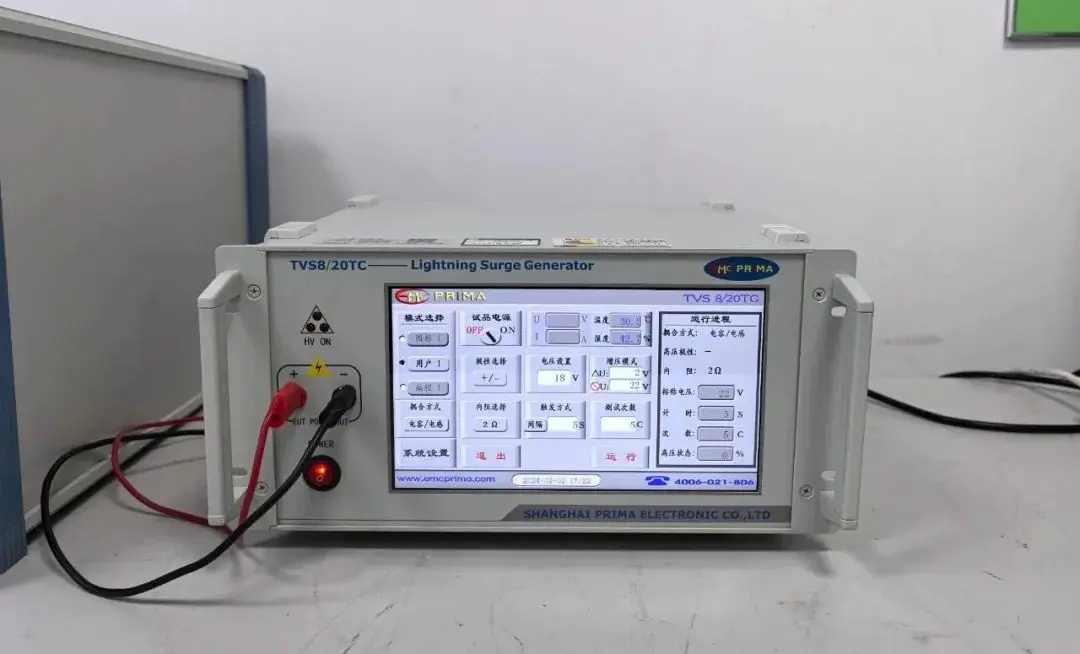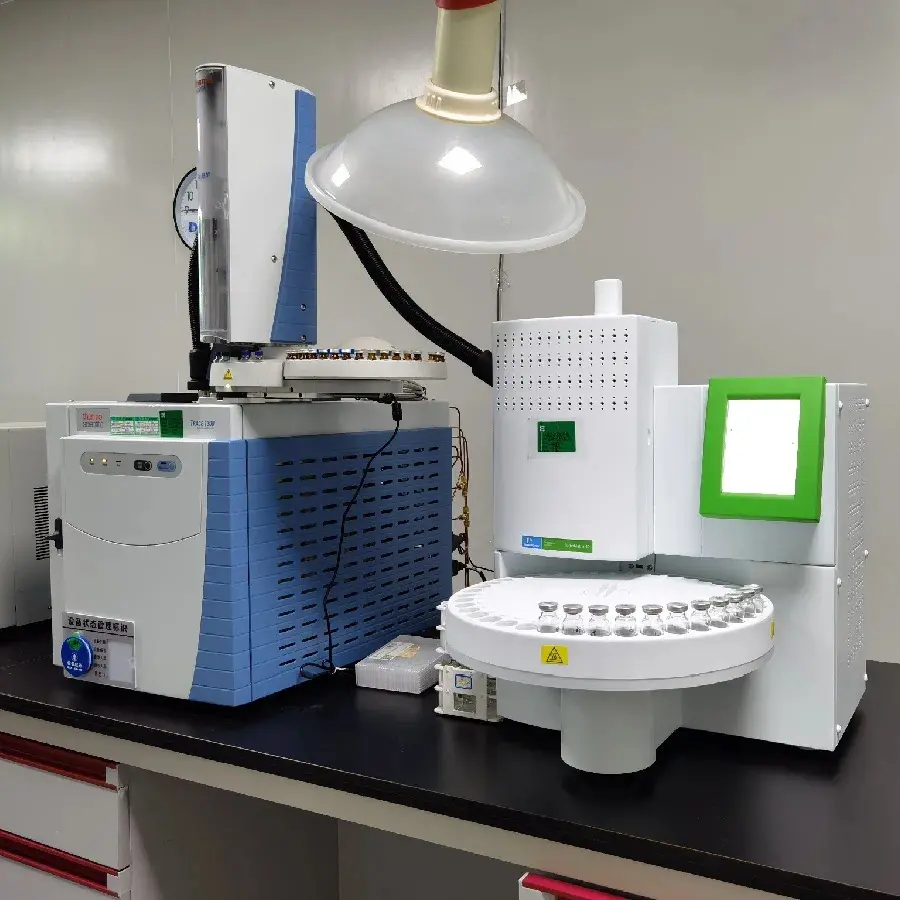
How to get Japan MIC Certification?
Japan Mic certification is commonly referred to as telec certification. From a professional perspective, the term mic certification is more accurate. MIC certification is a necessary approval for radio equipment to enter the Japanese market, making it a mandatory certification for wireless products. While it does not require factory inspection, it does require an ISO certificate or recognized quality control documents. The MIC in MIC certification stands for the Ministry of Internal Affairs and Communications of Japan, which oversees the Radio Law and Telecommunications Business Act. Historically, TELEC certification referred to the Radio Law, so colloquially, MIC certification is equivalent to TELEC certification.

MIC Certification Standards
The technical standards for certification can be found on the official website's conformity certification system for designated radio equipment classifications and technical standards. It is important to note that if there are discrepancies between these technical standards and the Radio Regulatory Commission Rules No. 18, the Radio Regulatory Commission Rules will prevail.
Applicable Product Range for MIC Certification
Wireless RF products include:
- Bluetooth products
- ZigBee products
- Telemetry instruments
- WiFi products
- Wireless microphones
- Pagers
- LTE and RFID (2.4GHz, 920MHz) products
- UWB radio systems
- GSM products
Japan MIC Application Process
1. Fill out the application form, prepare documents and samples.
2. The testing agency reviews the documents and conducts preliminary sample tests.
3. The testing agency formally submits the application to a MIC-recognized organization.
4. The organization reviews the documents.
5. Sample testing and provision of test reports (can be tested by an authorized laboratory).
6. Once the documents and test reports are approved, Japan MIC issues the certification.
Required Documentation
1. Technical model specification sheet
2. Quality management system statement
3. Quality control confirmation method or manufacturer's ISO 9001 certificate
4. Construction performance guarantee confirmation letter
5. Rated power statement
6. Antenna report
7. Test report (including test results, test setup photos, and inspections conducted)
8. Block diagram, schematics, materials list, parts placement, IC datasheet, internal and external photos, product description, user manual, operation/technical instructions, accessory descriptions
9. Label information (label location, label content)
10. If acting as an agent or authorized representative of the manufacturer, a power of attorney/authorization letter is required
Notes
1. All provided documents must be in English or Japanese.
2. TELEC is a mandatory certification for wireless products in Japan, similar to SRRC in China, and follows Japan's Radio Law. The specific testing standards follow MIC (Ministry of Internal Affairs and Communications) Notice No. 88.
3. The testing items for WiFi and Bluetooth products are essentially similar to the European EN300 328 standard. For 2.4GHz WiFi products (802.11b/g, 2412~2472 MHz) and Bluetooth products, the standard used is MIC Notice No. 88 Annex 43. However, for 2.4GHz WiFi products' channel 14 (Channel 14: 2471 ~ 2497MHz), Annex 44 must be used separately for testing and reporting.
4. For 5GHz WiFi products (802.11a, 5180~5320MHz, W52 Band and W53 Band), the testing standard followed is Annex 45. However, it should be noted that MIC is expected to amend Annex 45 soon to include 5.6GHz devices (Band W56) and impose stricter DFS testing requirements for the Band 56 frequency range.
More:Japan JATE certification | Japan Telec Certification | Japan's METI Registration | Japanese PSE Certification | Japan's VCCI certification
Email:hello@jjrlab.com
Write your message here and send it to us
 Amazon UL Standard Test Report
Amazon UL Standard Test Report
 When Can FCC ID Modifications Be Filed?
When Can FCC ID Modifications Be Filed?
 LoRa Certification Testing Laboratory
LoRa Certification Testing Laboratory
 Blood Pressure Monitor Certification Testing Servi
Blood Pressure Monitor Certification Testing Servi
 ECG Device Certification Testing
ECG Device Certification Testing
 Pulse Oximeter Certification and Testing Standards
Pulse Oximeter Certification and Testing Standards
 IVD Medical Device GB 4793:2024 Test Report
IVD Medical Device GB 4793:2024 Test Report
 IECEE CBTL Testing Laboratory for IVD Medical Devi
IECEE CBTL Testing Laboratory for IVD Medical Devi
Leave us a message
24-hour online customer service at any time to respond, so that you worry!




